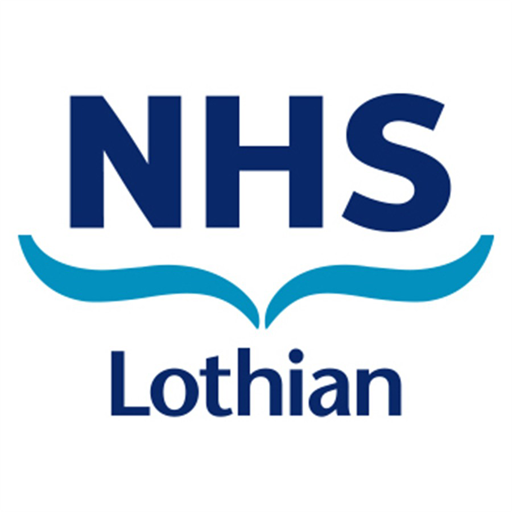Perinatal management of extreme preterm birth before 27 weeks gestation

All clinicians involved in the delivery and stabilisation of babies up until 26+6 weeks should read the recently published BAPM document ‘Perinatal Management of Extreme Preterm Birth before 27 weeks Gestation’. This document describes a comprehensive risk-based approach to decision-making at the extremes of viability. The key points highlighted in the Executive Summary and Lothian position are:
- Management of labour, birth and the immediate neonatal period should reflect the wishes and values of the mother and her partner, informed and supported by consultation and in partnership with obstetric and neonatal professionals.
Lothian: Joint discussion involving consultant neonatal/paediatric and obstetric doctors and parents should take place where time allows prior to delivery and should be documented in the TRAK Neonatal Management Plan. For infants 24-26+6 weeks unless there are risk factors that influence decision-making about active care, active management would be planned without urgent joint meeting if parents in agreement, although joint decision-making is optimal. From 22 weeks to 23+6weeks, decisions about active care should always be joint involving senior obstetric and neonatal doctors and parents even if this requires attending out of hours should delivery be considered imminent. Joint discussions should also involve the midwife looking after the mother.
- Whenever possible extreme preterm birth should be managed in a maternity facility co-located with a designated neonatal intensive care unit (NICU).
Lothian: The RIE should accept IUT from other units from 21+6 weeks onwards if, following joint discussion, a family requests active care at any stage from 22 weeks.
- It is not appropriate to attempt to provide active treatment to babies born before 22+0 weeks of gestation. In some cases, neonatal stabilisation may be considered from 22+0 weeks of gestation following assessment of risk and multiprofessional discussion with parents
Lothian: At 22-22+6 weeks we strongly recommend against active treatment. If after communication of the likely clinical course and achievable outcomes at this gestation parents want there to be active treatment we will provide it with ongoing assessment of risk and multiprofessional discussion.
- Decision making for babies born before 27 weeks of gestation should not be based on gestational age alone, but on assessment of the baby’s prognosis taking into account multiple factors. Decisions should be made with input from obstetric and neonatal teams in the relevant referral centre if transfer is being contemplated.
Risk assessment should be performed with the aim of stratifying the risk of a poor outcome into three groups: extremely high risk, high risk, and moderate risk.
- For fetuses/babies at extremely high risk, palliative (comfort focused) care would be the usual management.
- For fetuses/babies at high risk of poor outcome, the decision to provide either active (survival focused) management or palliative care should be based primarily on the wishes of the parents.
- For fetuses/babies at moderate risk, active management should be planned.
Lothian: it is recognised that other factors such as prolonged rupture of the membranes, abruption, twins, oligohydramnios, growth restriction and other adverse conditions further increase the risk of poor outcome and should be acknowledged in the joint decision-making process.
- If life-sustaining treatment for the baby is anticipated, pregnancy and delivery should be managed with the aim of optimising the baby’s condition at birth and subsequently.
Lothian: this includes administration of antenatal steroids and magnesium from 21+6 weeks if delivery is considered imminent and optimal cord clamping from 22 weeks. First responders should follow the NLS resuscitation guidance until a consultant is present, unless there is an agreed plan of management that states otherwise.
- Conversations with parents should be clearly documented and care taken to ensure that the agreed management plan is communicated between professionals and staff shifts.
- Decisions and management should be regularly reviewed before and after birth in conjunction with the parents; plans may be reconsidered if the risk for the fetus/baby changes, or if parental wishes change.

